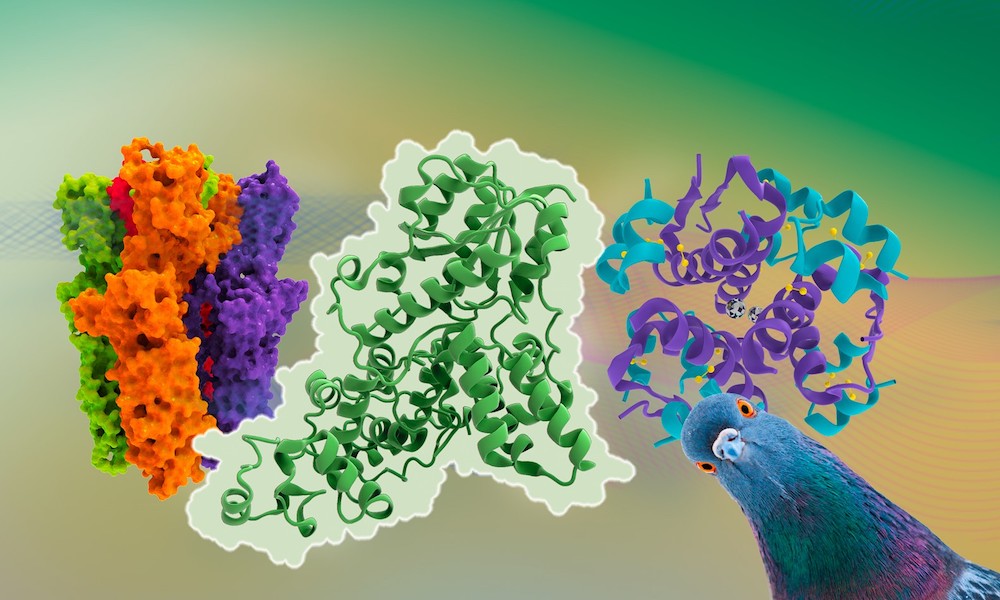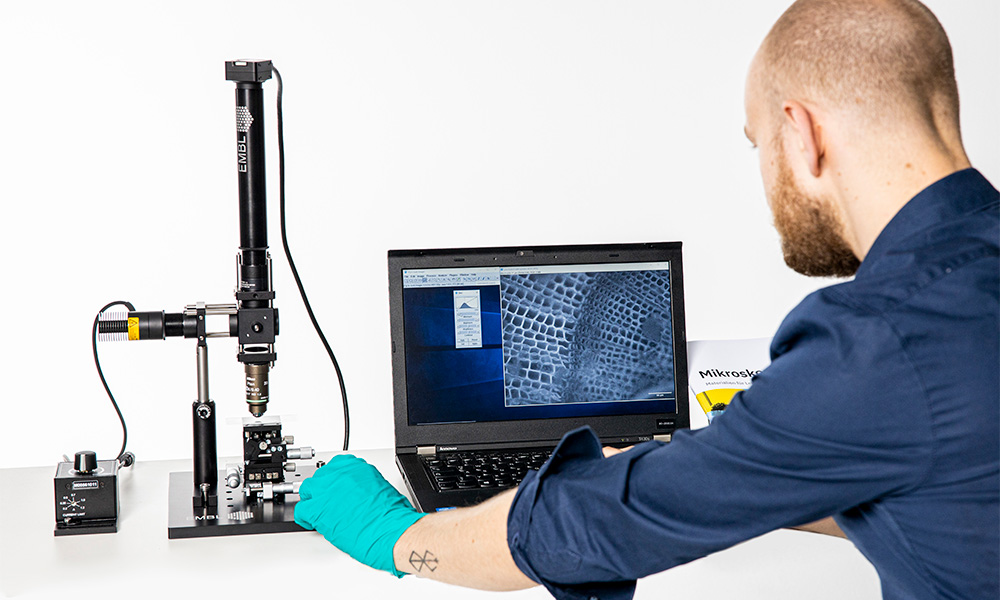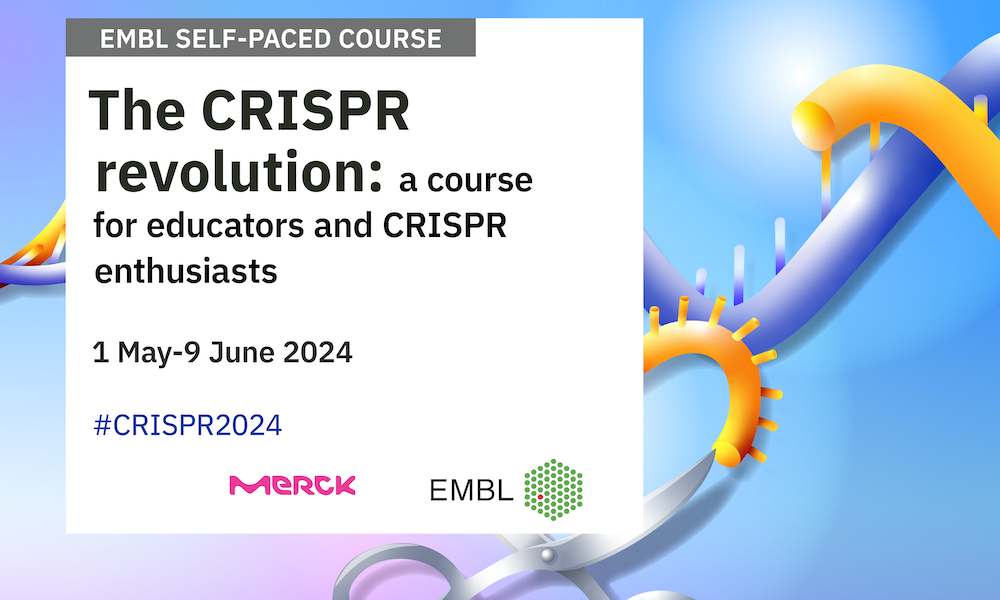
Making sense of our brain in the light of evolution
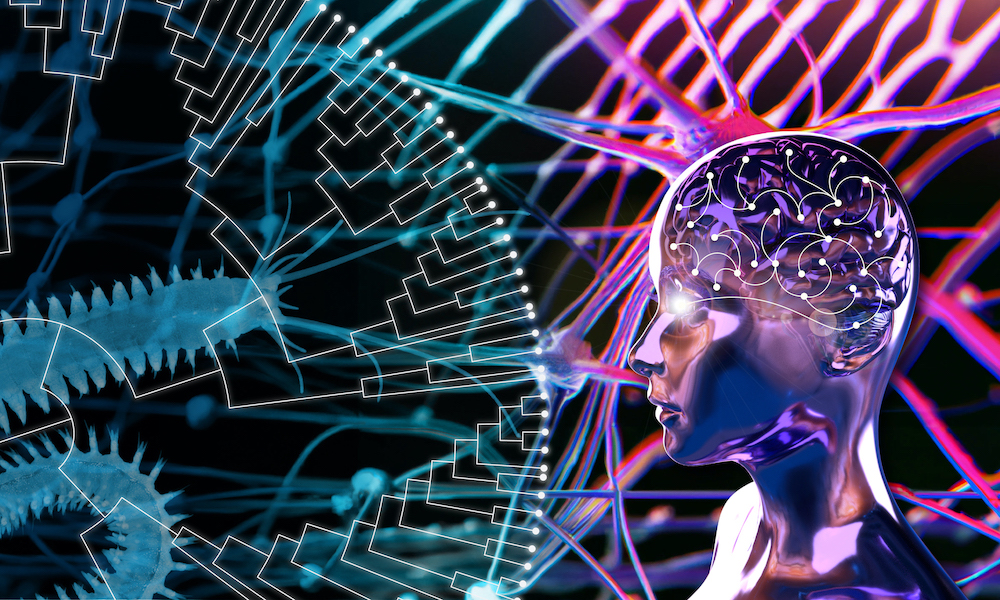
By Kevin Domanegg
Isn’t it fascinating that we can read a text like the following, understand its meaning, and have our own thoughts about it? We can do this thanks to a powerful and complex computer inside our head – the brain. But how and when did the brain become what it is today?
This intriguing topic was addressed during the 14th EMBL Insight Lecture organised by the Science Education and Public Engagement (SEPE) office at EMBL Heidelberg on 14 November. In the EMBL Insight Lecture series, each year, an EMBL scientist presents their research in a lecture tailored to secondary school students. This year, almost 800 people on-site in Heidelberg and online, embarked on “A journey into the evolution of nervous systems”, led by Dr. Detlev Arendt, group leader at EMBL Heidelberg. Dr. Arendt took the students on an adventure, exploring the underwater world of sponges and marine worms, and explained how they can provide valuable insights into the origins of the human brain.
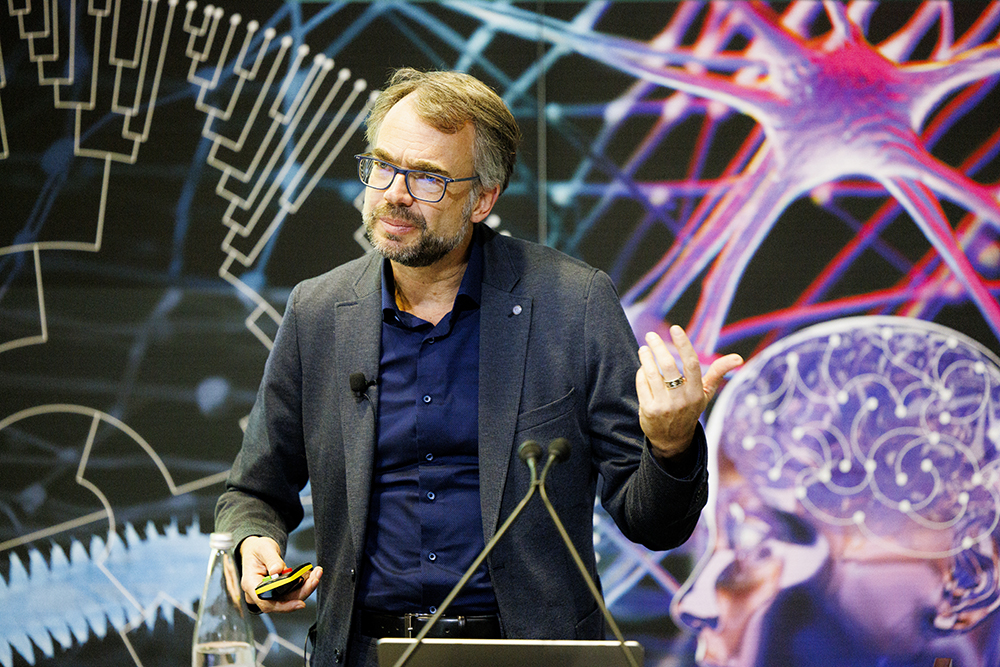
Doing science is just fun. It is like solving a puzzle.
To start the lecture, Dr. Arendt shared some insights on his career and explained how his civilian service for an environmental protection organisation in the North Sea coast fueled his passion for science, eventually becoming both his hobby and work. Intrigued by the evolution of animals, Dr. Arendt and his research team have dedicated their efforts to examining the origin of the nervous system. They’re doing this by exploring a unique model organism, the marine worm Platynereis dumerilii.
From Sponges to Humans
Our brain, composed of 80 billion neurons and a similar amount of supporting cells, allows us to learn new things, memorise experiences, and much more. These neurons, Dr. Arendt explained, are the elementary units of the nervous system, communicating intensively with each other to process information and coordinate bodily functions. For instance, in a situation like encountering a tiger, your neurons hopefully coordinate to ensure you better run fast. Information exchange happens at the so-called synapse, where an electrical signal from one neuron triggers the release of chemicals from this neuron that can activate the next neuron in which the electrical signal then continues. Some neurons in a special region of the brain, the hypothalamus, can even directly release hormones like oxytocin and dopamine into the bloodstream.
Research into proteins involved in transmitting signals at the synapse revealed that a large proportion of these synaptic proteins are highly conserved across many animals. Surprisingly, synaptic proteins were even found in sponges, a class of animals that have no brain, nor even a single neuron. Intrigued by these findings, Dr. Arendt and his colleagues sought to identify which sponge cells contain these synaptic proteins and why they are present in the first place. Sequencing single sponge cells and imaging them using electron microscopy, they identified a cell type that communicates with the cells that are responsible for pumping water through the sponge. Because these cells store and secrete molecules similar to neurons, they were named “secretory neuroid cells”. This led Dr. Arendt and his colleagues to hypothesise that neurons might have evolved from such cells. But how did our human brain with over 80 billion interconnected neurons develop from these single neuroid cells?
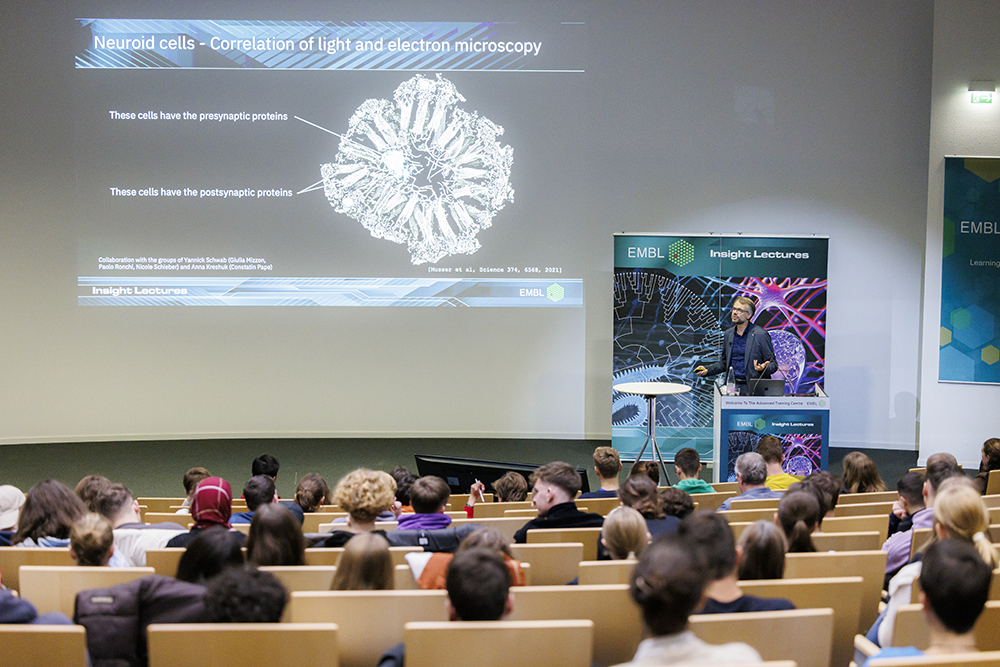
A Deepdive into the Ocean
Dr. Arendt explained that the first brains likely evolved around 540 million years ago during the Cambrian period. This was the time when our bilaterian (animals with two-sided symmetry) ancestors lived, which gave rise to most “higher-order” animals. He further explained that one key organism offering insights into the evolution of this time is Platynereis dumerilii, a marine worm considered a living fossil. Interestingly, this worm’s head contains neurons that release hormones like oxytocin and dopamine, similar to the brain of humans.
Dr. Arendt and his research group extensively studied this worm, specifically the sensory organs in its head known as mushroom bodies. These mushroom bodies, Dr. Arendt explained, are considered the worm’s centres of learning and memory and express the same molecules as the neurons in our human brain. Based on his findings and research from other scientists, Dr. Arendt believes it is likely that the first brains occurred in marine worms, providing the foundation for the evolution of our human brains.
Inside the Students’ Brains: Impressions from a (R)Evolutionary Event
I never thought about how our brains appeared. That was the most interesting part for me!
“I was immediately hooked!” said one student right after the lecture. This sentiment was perfectly echoed in the extensive Q&A sessions after the lecture, where Dr. Arendt addressed questions about potential future experiments, the limitations of our human brain and the role of AI in both neuroscience and the future evolution of our brain.
The lecture opened a completely new research field for me. The details [of the lecture] gave me insights into current research, which I can not find anywhere else.
In addition to taking part in the lecture, some of the students on-site in Heidelberg got the opportunity to dive even deeper into molecular biology visiting the EMBL exhibition “The World of Molecular Biology”.
By day’s end, it was clear that many new connections had been formed in the students’ brain.
